BoE Governor Andrew Bailey said in a Treasury Committee hearing, “The economy was hit by a huge shock in terms of the pandemic. What we’ve had since then is a series of supply shocks, which have reduced the supply capacity of the economy relative to demand. There was a supply chain shock in the recovery from Covid. We see some evidence of that shock coming off.”
Bailey added that the job market remains “tight”. But, “employers have now begun to say that they are seeing some reduction and competition for hiring,” he added. “As yesterday’s labor market statistics demonstrated, it’s still a very tight labor market.”
Deputy Governor Ben Broadbent said, recession in the UK “could quite easily turn out to be a little bit shorter or a little bit longer. “There’s a lot of uncertainty, including about the length. We could well be in another quarter of contraction right now.”
MPC member Swati Dhingra warned, “There is a risk of overtightening. There’s already about a fairly sizable chunk of the previous rate rises that have got to take effect in terms of what they do to GDP.”
Dhingra also noted, “it’s undeniable” that “we’re seeing a much, much bigger slowdown in trade in the UK compared to the rest of the world” and “we’re definitely performing below trend in terms of the exports numbers in terms of the inputs, even probably a bit bigger than that.”




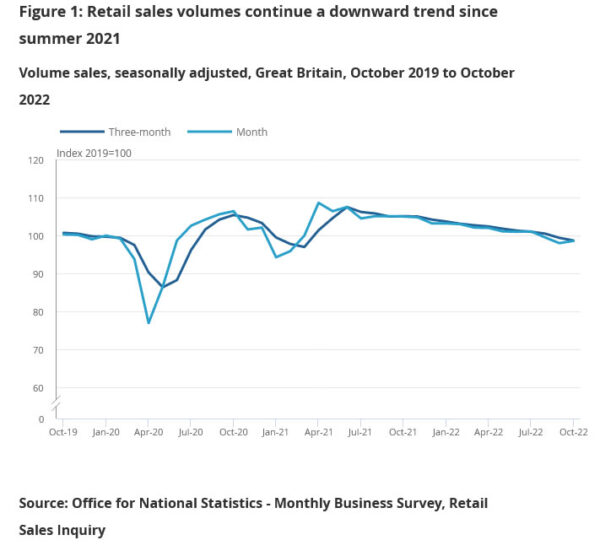
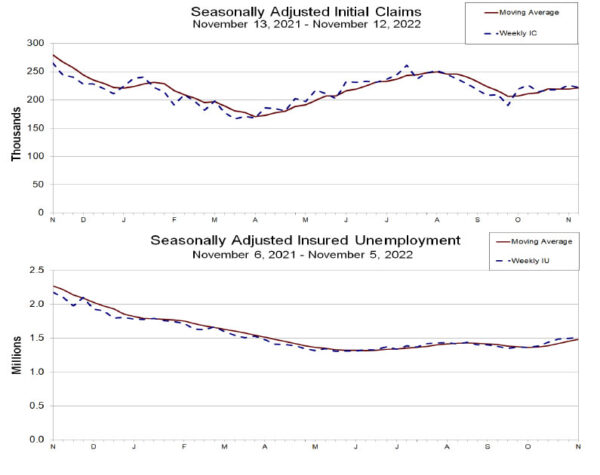

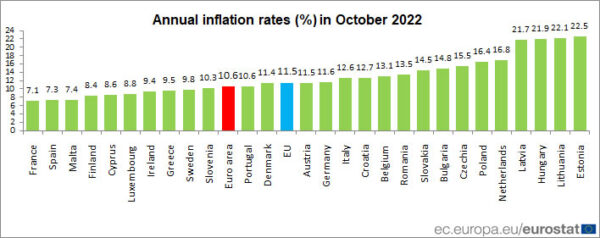
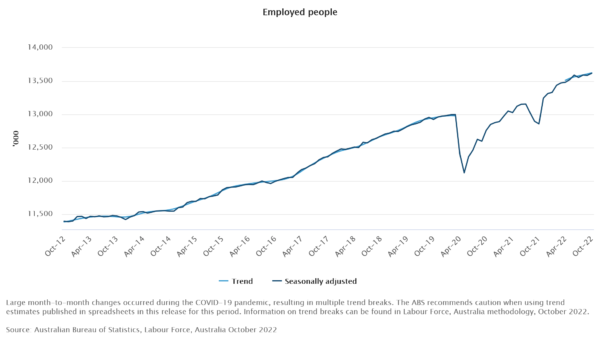
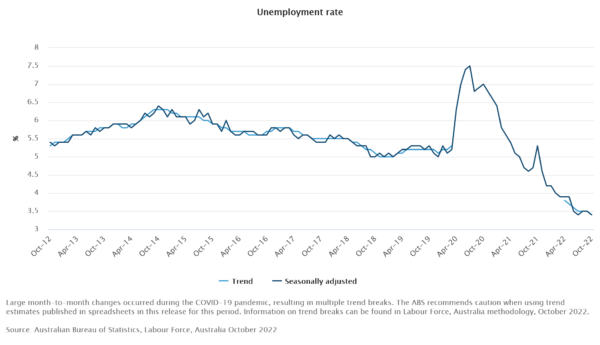
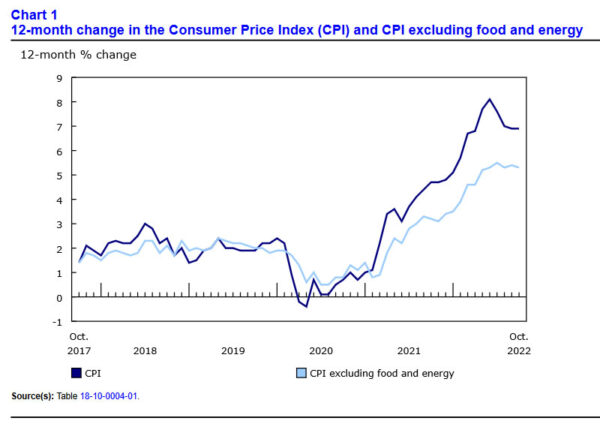
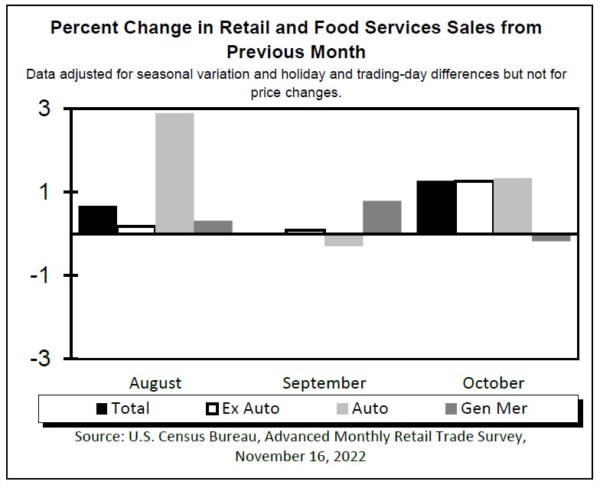

Fed Collins: Latest data not reduced my sense of what sufficiently restrictive may mean
Boston Fed President Susan Collins “restoring price stability remains the current imperative and it is clear that there is more work to do.”
“I expect this will require additional increases in the federal funds rate, followed by a period of holding rates at a sufficiently restrictive level for some time,” she said.
“The latest data have not reduced my sense of what sufficiently restrictive may mean, nor my resolve,” she added.
Nevertheless, “there is a pathway to reestablishing price stability with a labor market slowdown that entails only a modest rise in the unemployment rate.”
“At the Fed we are committed to returning inflation to the 2 percent target in a reasonable amount of time. Only when inflation is low and stable can the economy in general — and the labor market in particular — work well for all Americans,” Collins said.